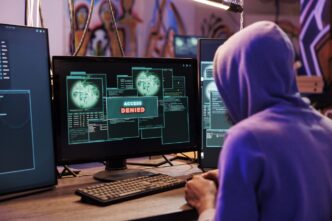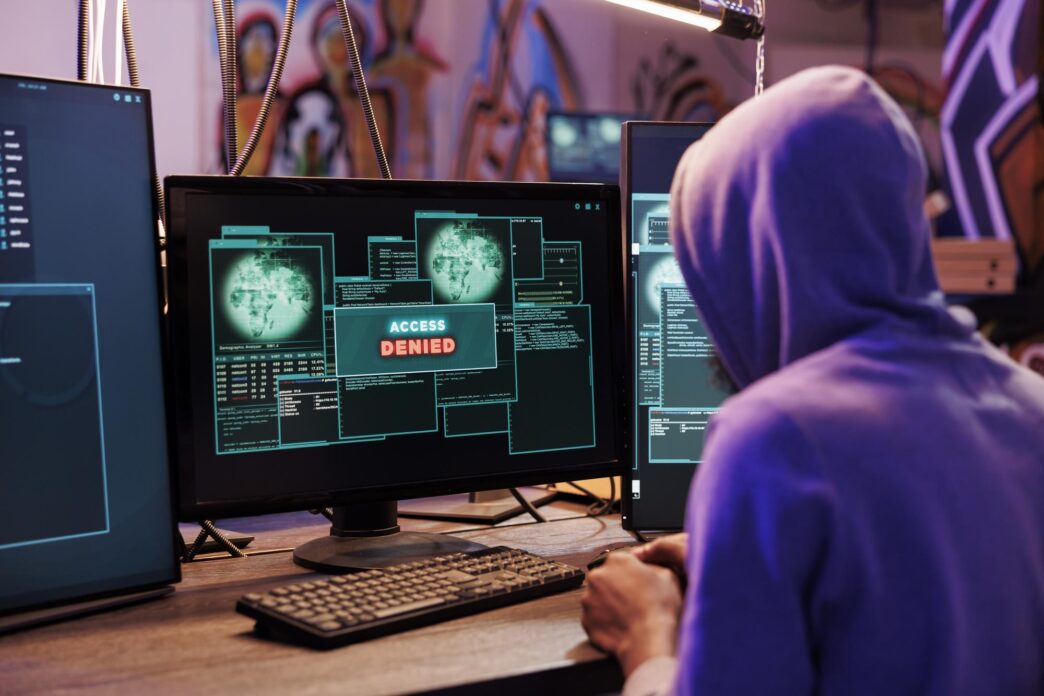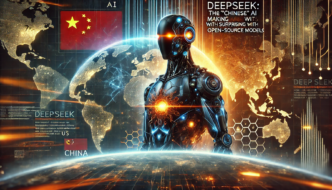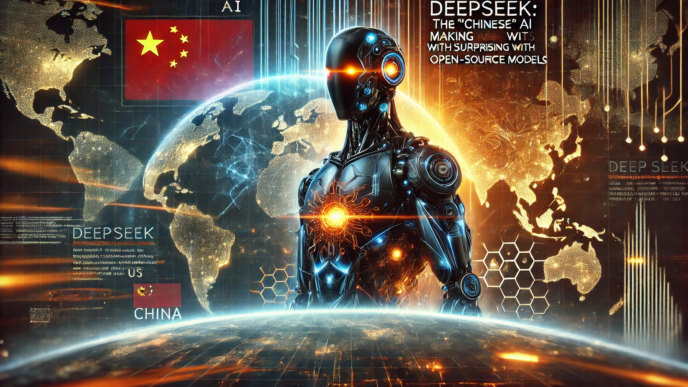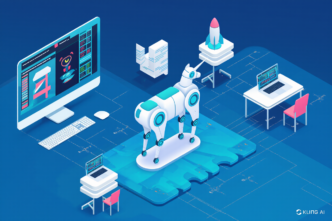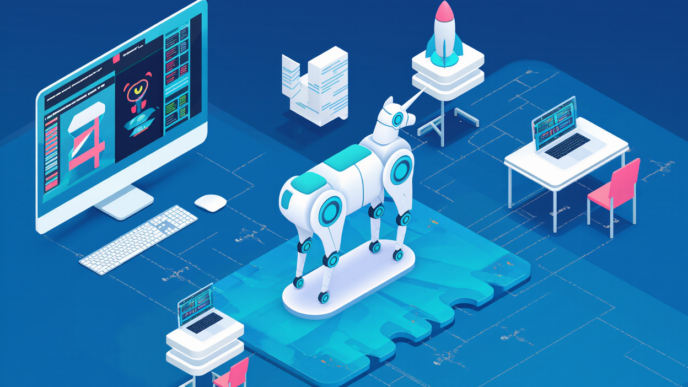AI-Powered Cybersecurity: How Artificial Intelligence is Revolutionizing Threat Detection and Prevention
In an era where cyber threats are evolving at an unprecedented pace, traditional security measures often struggle to keep up. Artificial intelligence (AI) has emerged as a game-changer in cybersecurity, offering advanced capabilities to detect, prevent, and respond to cyber threats in real time. By leveraging machine learning, automation, and data-driven insights, AI is transforming how organizations protect their digital assets.
The Role of AI in Modern Cybersecurity
AI enhances cybersecurity by analyzing vast amounts of data to identify patterns and anomalies that may indicate potential threats. Unlike traditional security solutions that rely on predefined rules, AI-driven systems continuously learn from new threats, improving their detection accuracy over time. This proactive approach helps organizations stay ahead of cybercriminals who constantly develop new attack methods.
How AI Detects and Prevents Cyber Threats
AI-powered cybersecurity solutions use multiple techniques to detect and mitigate cyber threats effectively:
- Machine Learning Algorithms – AI models analyze historical data to identify suspicious behavior and predict potential attacks.
- Anomaly Detection – AI monitors network traffic and system activities to detect unusual patterns that could indicate a cyber threat.
- Behavioral Analysis – AI evaluates user behavior to identify deviations that may suggest compromised credentials or insider threats.
- Threat Intelligence Automation – AI integrates real-time threat intelligence from various sources to detect and respond to emerging risks faster than human analysts.
- Automated Incident Response – AI-driven security solutions can automatically neutralize threats, such as isolating infected devices or blocking malicious activities, without human intervention.
Real-World Applications of AI in Cybersecurity
Several industries are already leveraging AI-powered cybersecurity solutions to safeguard their systems:
- Financial Institutions: Banks use AI to detect fraudulent transactions and prevent cyber fraud.
- Healthcare Sector: AI protects sensitive patient data from breaches and ransomware attacks.
- Government Agencies: AI enhances national security by identifying cyber threats and preventing attacks on critical infrastructure.
- Enterprise Security: Businesses use AI-driven security solutions to detect phishing attempts, malware infections, and data breaches.
Benefits and Challenges of AI in Cybersecurity
Benefits:
- Faster Threat Detection: AI processes vast amounts of data in real time, allowing quicker identification of threats.
- Reduced False Positives: Machine learning models improve accuracy, reducing false alerts that burden security teams.
- Scalability: AI can monitor extensive networks and large datasets efficiently.
- Proactive Defense: AI anticipates cyber threats before they cause significant damage.
Challenges:
- AI Bias and Errors: If trained on biased data, AI models may miss critical threats or flag benign activities incorrectly.
- Evasion Tactics by Cybercriminals: Hackers are developing techniques to deceive AI-driven security systems.
- High Implementation Costs: AI-powered cybersecurity solutions require significant investment in technology and expertise.
The Future of AI in Cybersecurity
As cyber threats continue to evolve, AI’s role in cybersecurity will only grow stronger. Future advancements may include:
- AI-driven self-healing networks that automatically repair vulnerabilities.
- Quantum computing-powered AI models for faster and more secure encryption.
- Deep learning for advanced threat prediction, enabling preemptive countermeasures against sophisticated attacks.
Conclusion
AI is revolutionizing cybersecurity by providing faster, more intelligent, and proactive threat detection and prevention capabilities. While challenges remain, organizations that leverage AI-driven security solutions will be better equipped to combat the ever-growing landscape of cyber threats. As AI continues to evolve, its integration into cybersecurity will be essential for safeguarding digital assets in the modern world.
You may be interested in: AI Trends and Breakthroughs 2025
